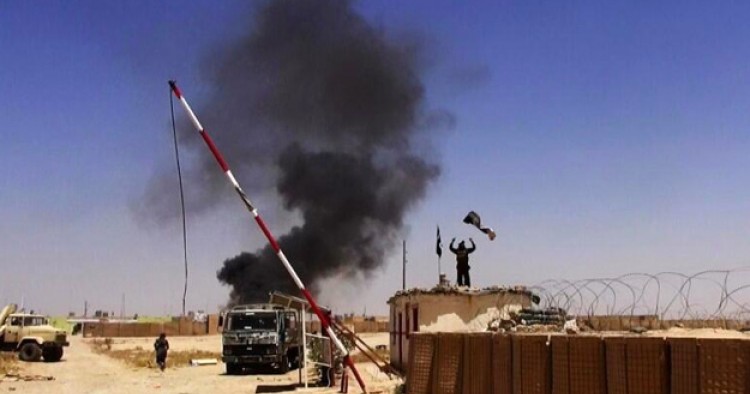The following is excerpted from an article first published on MSNBC.
Thirteen years after the September 11th attacks launched a global war on terror that encompassed two major land wars in the Middle East and South Asia, spawned Guantanamo and a constellation of secret prisons, and led to unprecedented domestic spying, over six thousand combat deaths and a 4-6 trillion dollar bill, President Obama has called for a renewed war to combat the Islamic State of Iraq and Syria. But is this really back to the future?
The answer is no. We are not the same country we were in 2001; our adversary is not the same and the battlefield itself is very different.
...
The enemy du jour is different, too. Al Qaida, which still remains the real terrorist adversary according to the head of the National Counterterrorism Center, is not ISIS. To be sure, the two groups have overlapping ideologies. They are both Salafis, anti-colonial, fierce proponents of Sunni Islam and fierce enemies of Shi’a Muslims. They are both determined to recreate an Islamic society they imagine existed long ago. And Osama bin Laden also shared the preoccupation of ISIS’s leader, Abu Omar al Baghdadi, with reestablishing the Ottoman Caliphate that fell in 1923.
Despite these shared pathologies, Jebhat al Nusra – al Qaida’s arm in Syria – is a sworn enemy of ISIS because of deep divisions over tactics, targeting, and larger strategic goals. Al Qaida has a global agenda that includes Southeast Asia and the Indian subcontinent, is constructed as a terrorist organization optimized for urban operations, and has learned the hard way that it must win the hearts and minds of other Muslims en route to eventual victory.
Al Qaida, unlike ISIS, made its debut as a terrorist organization obsessed with attacking the United States, destroying two U.S. embassies simultaneously in 1998, crippling the USS Cole the year after, and plotting a cluster of attacks to mark the millennium. ISIS relies on terror, but against other Muslims; and it has a local agenda. Theirs is the near enemy, to use bin Laden’s vocabulary, rather than the far enemy. ISIS’s lodestar is Islamist strategist Abu Bakr al-Naji, who borrowed freely from French counter-insurgency doctrine to advise jihadists to apply an “ink spot strategy:” seize whatever bits of territory one can and then join these “ink spots” together to create larger and larger areas of control. It is in these domains that Islamic law can be applied, populations cleansed, and the caliphate resurrected.
This caliphate – such as it is – now occupies a desolate, sparsely populated region stretching from parts of central Syria to the barren reaches of western Iraq. It is patrolled by experienced fighters who deploy terror and suicide bombers to subdue already demoralized enemies and control the desperate peoples within its borders.
Yet ISIS has no real hope of redrawing the borders – including those drawn up under the WWI-era Sykes-Picot Agreement and other, older boundaries – that confine the group’s aspirations. The ISIS army – a hodgepodge of militias, terrorists, religious maniacs, thrill-seekers, vandals and extortionists numbering perhaps 15,000, stretched over an area the size of Indiana – is not going to invade Turkey, Saudi Arabia, Iran, Kuwait, Jordan or Israel.
The group can’t take Baghdad. It could cause trouble in some of these places, but not on an existential scale. And where it concentrates its forces in threatening ways, it becomes vulnerable to the predations of powerful enemies, not least of which is the United States, whose dominating airpower has already forced the group to retreat from Sinjar, Erbil and the Mosul dam.
Continue reading this article on MSNBC.
The Middle East Institute (MEI) is an independent, non-partisan, non-for-profit, educational organization. It does not engage in advocacy and its scholars’ opinions are their own. MEI welcomes financial donations, but retains sole editorial control over its work and its publications reflect only the authors’ views. For a listing of MEI donors, please click here.












